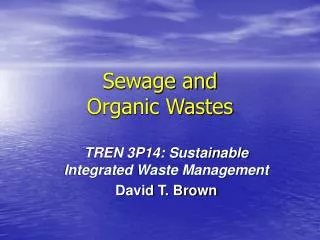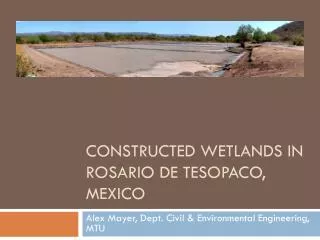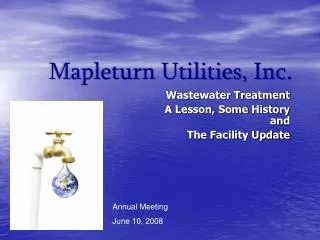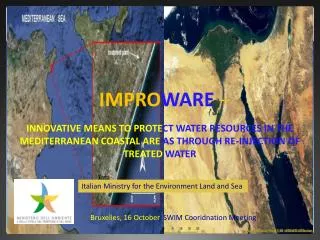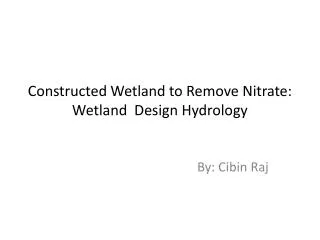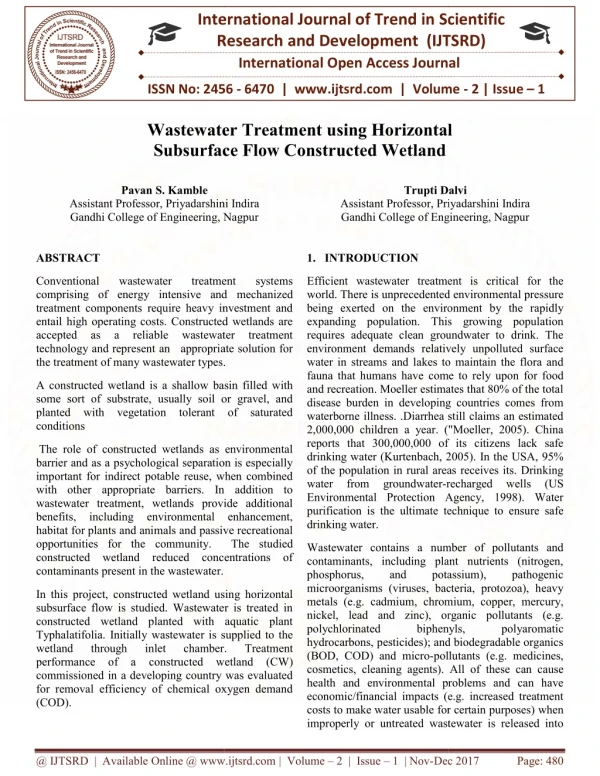Wastewater Treatment using Horizontal Subsurface Flow Constructed Wetland
Conventional wastewater treatment systems comprising of energy intensive and mechanized treatment components require heavy investment and entail high operating costs. Constructed wetlands are accepted as a reliable wastewater treatment technology and represent an appropriate solution for the treatment of many wastewater types. A constructed wetland is a shallow basin filled with some sort of substrate, usually soil or gravel, and planted with vegetation tolerant of saturated conditions The role of constructed wetlands as environmental barrier and as a psychological separation is especially important for indirect potable reuse, when combined with other appropriate barriers. In addition to wastewater treatment, wetlands provide additional benefits, including environmental enhancement, habitat for plants and animals and passive recreational opportunities for the community. The studied constructed wetland reduced concentrations of contaminants present in the wastewater. In this project, constructed wetland using horizontal subsurface flow is studied. Wastewater is treated in constructed wetland planted with aquatic plant Typhalatifolia. Initially wastewater is supplied to the wetland through inlet chamber. Treatment performance of a constructed wetland CW commissioned in a developing country was evaluated for removal efficiency of chemical oxygen demand COD . Pavan S. Kamble | Trupti Dalvi "Wastewater Treatment using Horizontal Subsurface Flow Constructed Wetland" Published in International Journal of Trend in Scientific Research and Development (ijtsrd), ISSN: 2456-6470, Volume-2 | Issue-1 , December 2017, URL: https://www.ijtsrd.com/papers/ijtsrd6988.pdf Paper URL: http://www.ijtsrd.com/engineering/civil-engineering/6988/wastewater-treatment-using-horizontal-subsurface-flow-constructed-wetland/pavan-s-kamble
★
★
★
★
★
73 views • 3 slides


